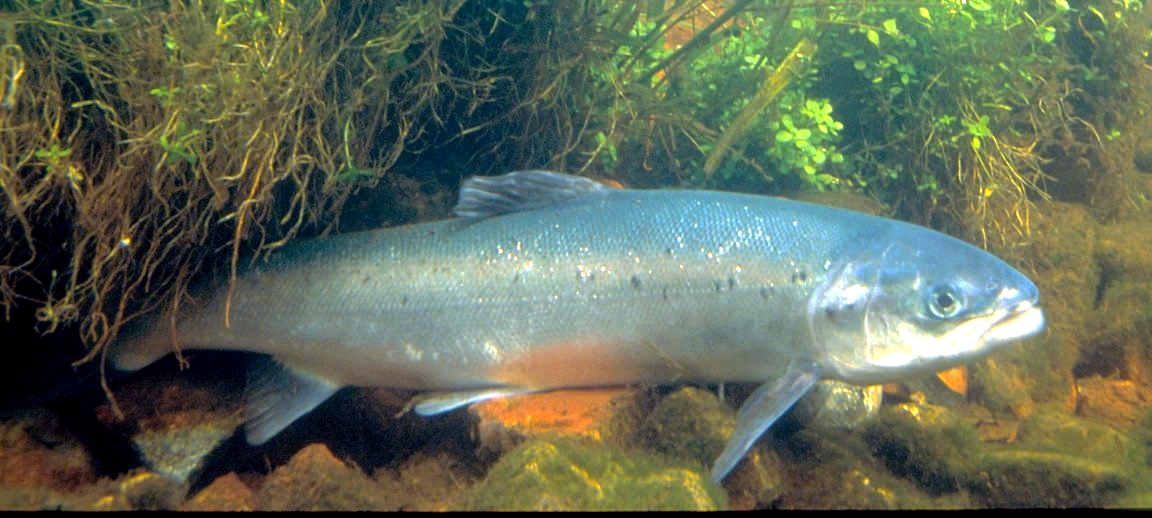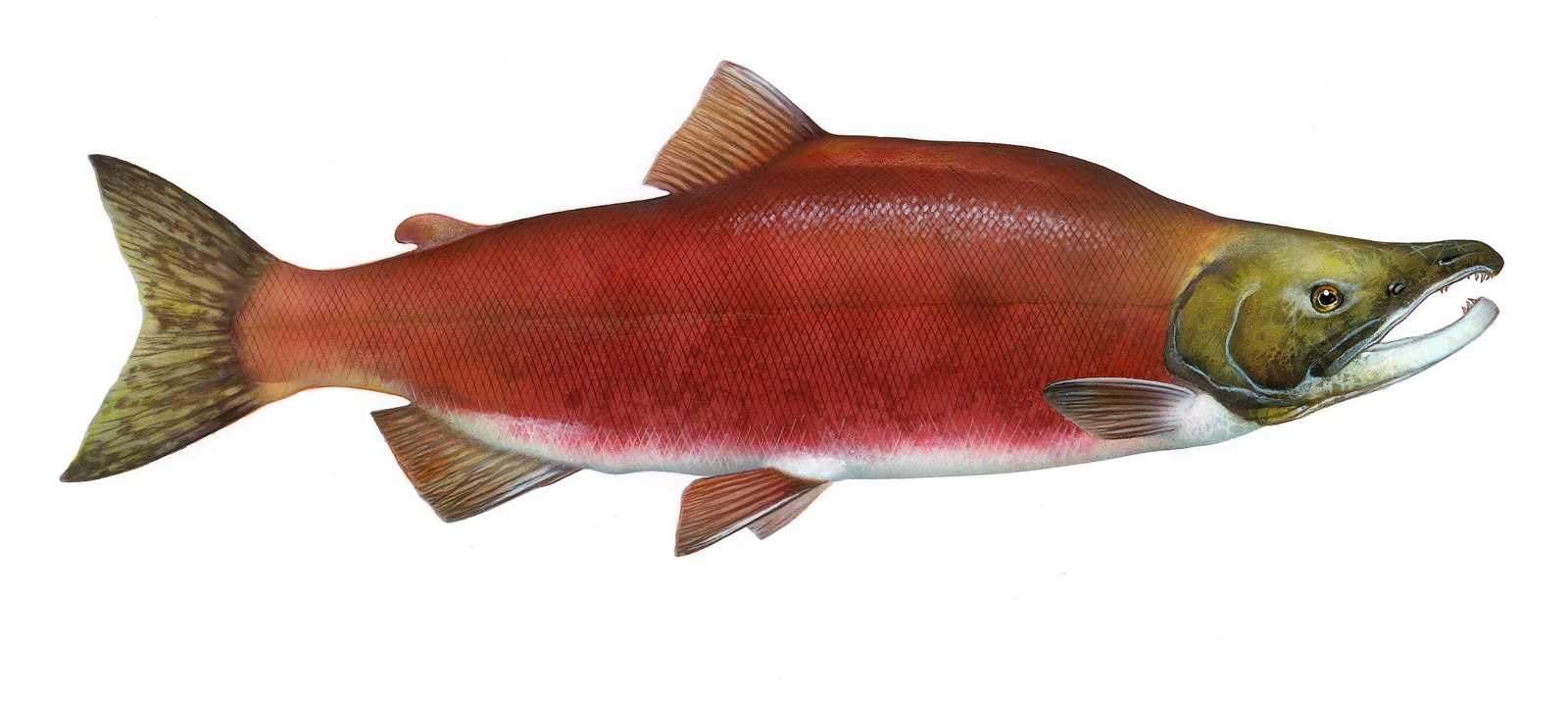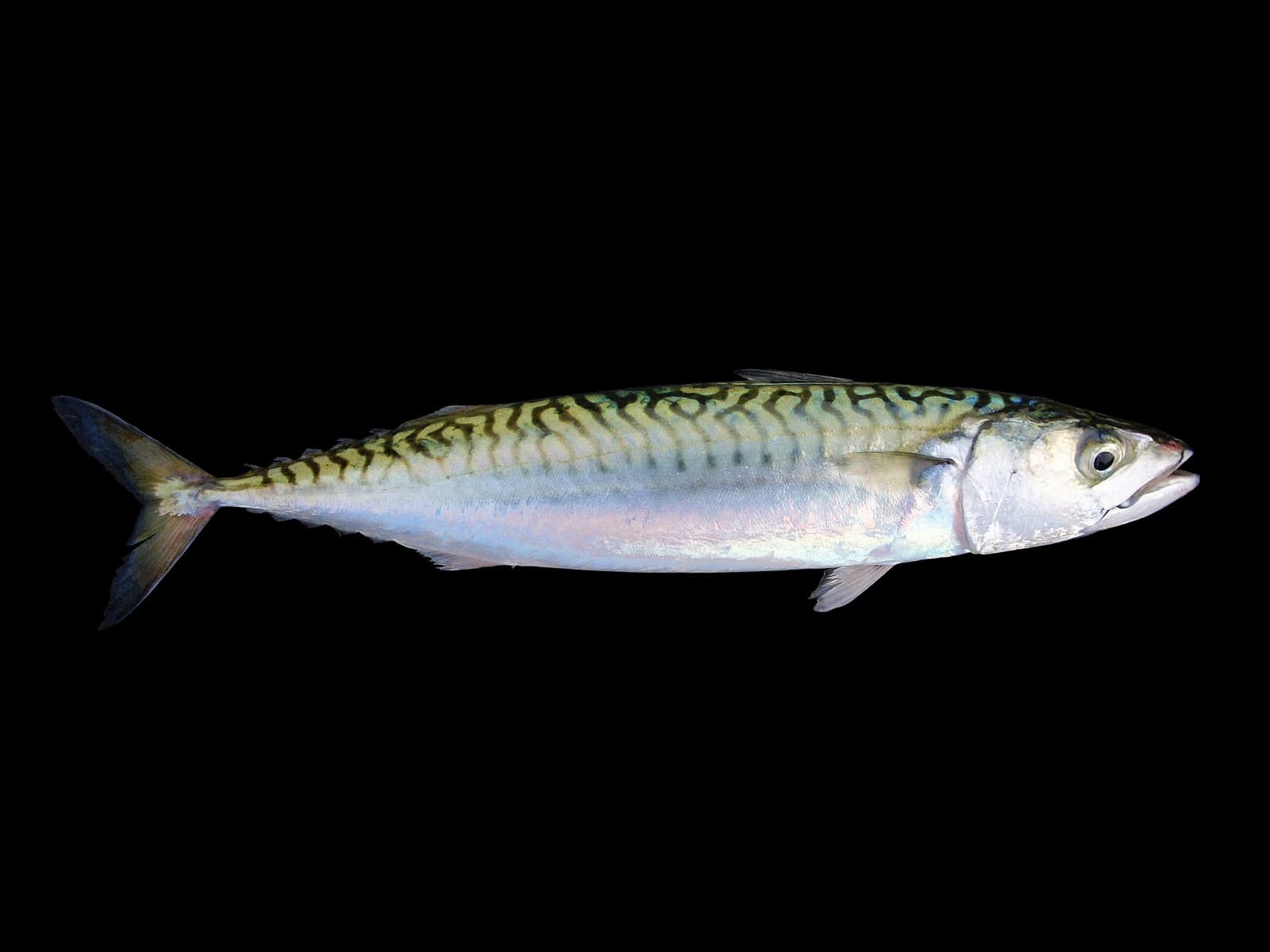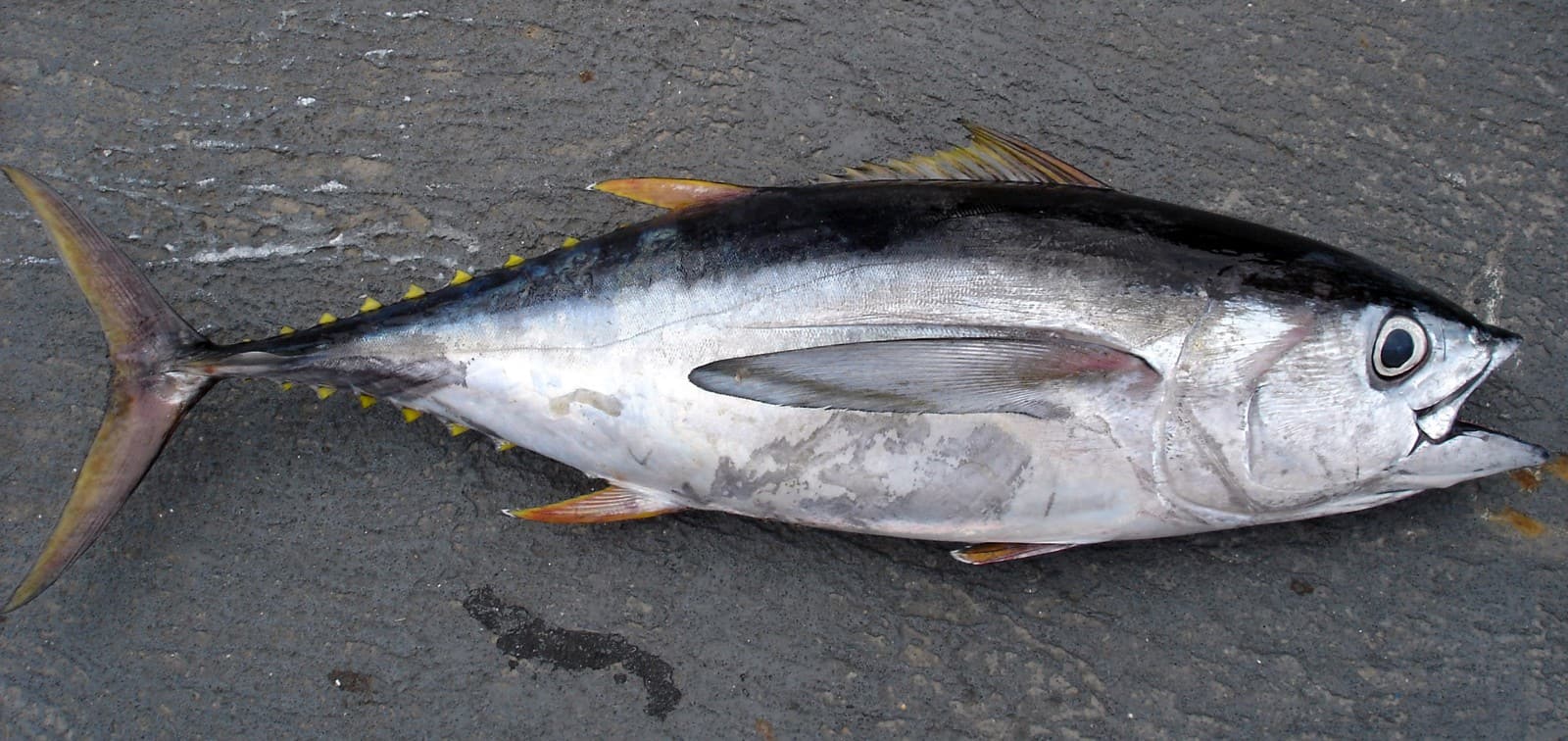Atlantic Salmon vs Pacific Salmon: A Complete Comparison
The fundamental difference between Atlantic Salmon and Pacific Salmon lies in their genetics and life cycles. While Atlantic Salmon (Salmo salar) represents a single species that can spawn multiple times, Pacific Salmon encompass six distinct species that die after spawning. Atlantic Salmon typically grow larger, reaching weights of up to 103 pounds (46.8 kg), while Pacific Salmon species average between 8-50 pounds (3.6-22.7 kg) depending on the species.
These remarkable fish have evolved distinct characteristics shaped by their respective ocean environments. Atlantic Salmon demonstrate remarkable adaptability, capable of returning to spawn up to five times in their lifetime, while Pacific Salmon exhibit a more dramatic, single-spawning life cycle that ends in death after reproduction.

Atlantic Salmon display their characteristic silvery-blue coloration and streamlined form, showcasing the species’ iconic profile. These powerful fish can spawn multiple times throughout their lives, unlike their Pacific cousins.

Pacific Salmon undergo dramatic physical changes during spawning, developing vibrant red-orange coloration and distinctive hooked jaws. This transformation marks their final life stage before completing their one-time spawning journey.
Key Differences Between Atlantic and Pacific Salmon
| Feature | Atlantic Salmon | Pacific Salmon |
|---|---|---|
| Species Diversity | Single species (Salmo salar) | Six species (Chinook, Coho, Sockeye, Pink, Chum, Cherry) |
| Maximum Size | Up to 103 lbs (46.8 kg) | Varies by species: 8-50 lbs (3.6-22.7 kg) |
| Spawning Frequency | Multiple times (up to 5) | Once (die after spawning) |
| Range | North Atlantic Ocean | North Pacific Ocean |
| Lifespan | Up to 13 years | 2-8 years depending on species |
| Conservation Status | Endangered in wild | Varies by species and region |
Habitat and Distribution
Atlantic Salmon naturally inhabit the North Atlantic Ocean, ranging from Portugal to North America’s eastern seaboard. These adaptable fish historically populated rivers from Spain to Arctic regions. Pacific Salmon, meanwhile, dominate the North Pacific, with ranges extending from California to Alaska and across to Asia.
Physical Characteristics and Identification
Atlantic Salmon Features
- Streamlined silver body with black spots above lateral line
- Tail becomes nearly straight when spread
- More slender body profile
- Maintains relatively consistent coloration throughout life
- Length: 28-30 inches (71-76 cm) average
Pacific Salmon Features
- Varies significantly by species
- Dramatic color changes during spawning
- Developed kype (hooked jaw) in spawning males
- Distinct spots both above and below lateral line
- Length: 20-60 inches (51-152 cm) depending on species
Life Cycle and Behavior
The most striking difference between these salmon groups lies in their reproductive strategy. Atlantic Salmon practice iteroparity, meaning they can spawn multiple times, though mortality rates remain high after each spawning event. In contrast, Pacific Salmon are semelparous, investing all their energy into a single spawning event before death.
Conservation Status and Commercial Impact
Wild Atlantic Salmon populations have declined dramatically, with many populations considered endangered. Their Pacific counterparts show varying levels of population health, with some runs thriving while others face significant challenges. Commercial farming has become particularly important for Atlantic Salmon, which now represents about 90% of farmed salmon globally.
Culinary Differences and Usage
Atlantic Salmon typically offer:
- Milder flavor profile
- Higher fat content
- More uniform color
- Year-round availability due to farming
Pacific Salmon varieties provide:
- More diverse flavor options
- Firmer texture
- Deeper color variations
- Seasonal availability
- Generally leaner meat
Which Would Win in a Fight?
While this question intrigues many, the reality focuses more on survival adaptations than combat. However, considering size and strength, a mature Atlantic Salmon would likely dominate most Pacific species in a theoretical confrontation, except for possibly the Chinook Salmon, due to their comparable size and strength.
Both Atlantic and Pacific Salmon represent remarkable examples of evolutionary adaptation, each perfectly suited to their respective environments and life strategies. Understanding their differences helps inform conservation efforts and sustainable management practices for these crucial marine species.









